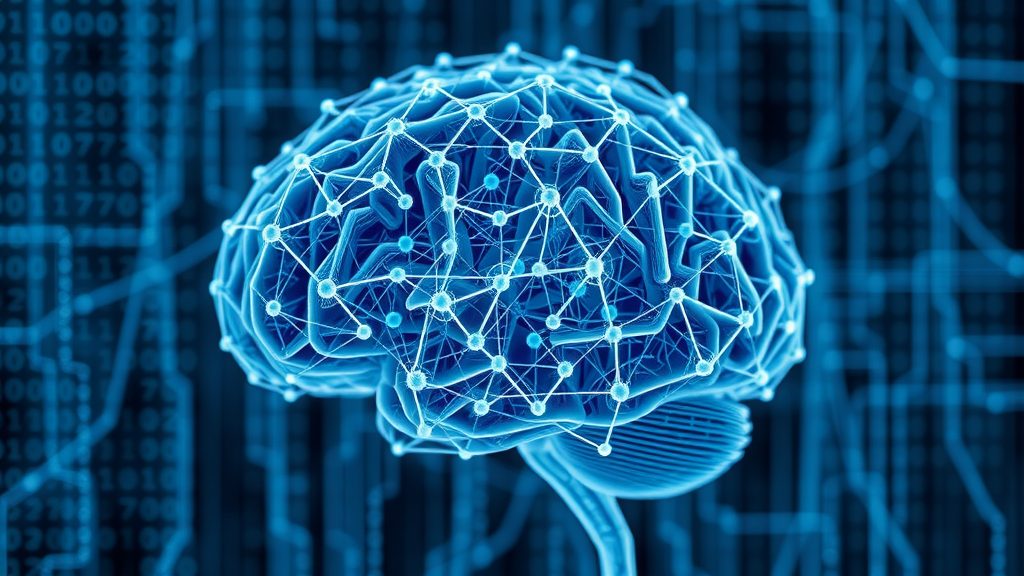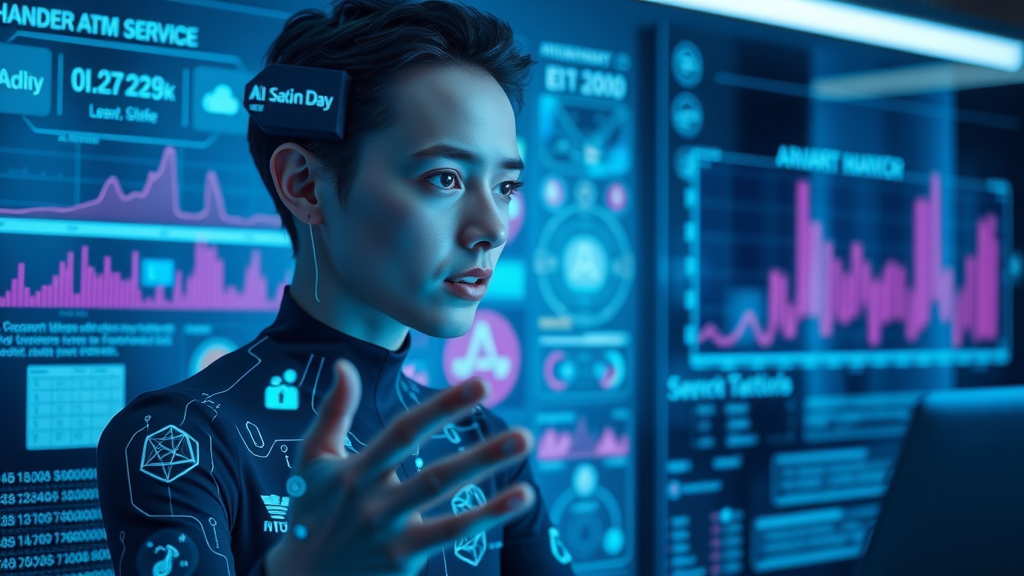Did you know that by 2025, the global speech recognition technology market is projected to surpass $30 billion? This remarkable growth isn’t just a reflection of technological hype—it’s proof of a fundamental transformation in how we communicate, work, and interact with machines. In businesses, classrooms, hospitals, and homes, automatic speech recognition is turning spoken words into digital action, seamlessly connecting human speech with powerful artificial intelligence. Get ready to discover why you can’t afford to ignore the vast potential of speech recognition technology!
What You'll Learn in This Guide
- The core science and advancements powering speech recognition technology
- Practical benefits for businesses and end-users
- Key applications across healthcare, finance, retail, and education
- Expert insights on software selection, challenges, and maximizing ROI
How Speech Recognition Technology is Changing the Way We Communicate
"By 2025, the global speech recognition technology market is projected to exceed $30 billion, revolutionizing daily interactions and business workflows."
- Key advancements in automatic speech recognition (ASR) , deep learning, and neural networks have made it possible for computers to understand and transcribe human speech with near-human accuracy. These advances are at the heart of a revolution in digital communication.
- The rapid adoption of speech recognition systems is evident in sectors such as healthcare (for medical dictation), finance (for voice authentication), commerce (for customer service), and many more. This widespread integration has dramatically reduced friction in workflows and opened new avenues for accessibility and automation.

From hands-free phone call navigation and real-time transcription in meetings to automated customer support and voice-enabled smart devices, speech recognition technology is making conversations with machines a daily reality. As these tools become more embedded in our lives, they break down barriers between spoken language and the power of digital systems, driving efficiency on a previously unimaginable scale. If you’re seeking higher productivity or more natural human-computer interaction, this technology is quickly becoming essential.
Speech Recognition Technology Explained: From Voice to Data
What is Speech Recognition Technology?
- Definition and short history of recognition technology: Speech recognition technology, sometimes called automatic speech recognition (ASR), refers to computer systems designed to process spoken language and convert it into text or actionable data. The journey began in the early 1950s with IBM’s "Audrey" system, which could recognize spoken digits, and has since accelerated with advances in pattern recognition, machine learning , and deep learning .
- Comparison to voice recognition and recognition systems: While voice recognition focuses on identifying the speaker’s unique voice, speech recognition emphasizes understanding and transcribing the words being spoken. Recognition systems today combine both to deliver highly intelligent solutions for industries and consumers alike.
"Speech recognition technology bridges the gap between human communication and digital productivity."

Thanks to the synergy of deep learning and neural networks , current speech recognition software achieves impressive feats—turning spoken language into actionable information in real-time, often with accuracy levels approaching 95% or higher. These systems employ a mix of acoustic models , language models , and smart algorithms to process a wide variety of accents, dialects, and background conditions.
How Automatic Speech Recognition Systems Work
- The role of neural networks, Markov models, and deep learning: Modern recognition systems are built on architectures like deep neural networks (DNNs) and long short-term memory (LSTM) networks. Early systems relied heavily on hidden Markov models (HMMs) for modeling the temporal behavior of speech and predicting word sequences. Today, deep learning models dramatically outperform their predecessors in capturing the rich nuances of human speech .
- Language processing and natural language understanding: After audio is digitized and features are extracted, language processing and natural language processing (NLP) engines decode individual words and assemble them into coherent sentences, making the recognition software capable of understanding context and intent.
- Evolution of recognition software: The progression from basic HMMs to advanced neural networks and machine learning approaches has enabled automatic speech recognition to decode speech with astounding resilience, even in challenging environments with background noise.
Table: Key Milestones in Speech Recognition Technology Evolution
| Year | Milestone | Description |
|---|---|---|
| 1952 | Audrey System | First automatic speech recognition (digits only) |
| 1976 | Harpy | 1,011 words recognition system |
| 2011 | Deep Neural Networks | Deep learning enables highly accurate ASR |
| 2017 | Voice-Activated Assistants | Mainstream in smartphones & smart homes |
Understanding Recognition Systems: Software and Hardware
- Speech recognition software applications in real life: Voice commands for smart home devices, hands-free texting and navigation while driving, voice-to-text transcription in legal or medical settings, and interactive support in contact centers are just a few of the many real-world recognition applications reshaping daily workflows.
- Cloud-based vs. on-premise recognition technology solutions: Cloud-hosted recognition systems offer scalability and accessibility, while on-premise options provide enhanced control and privacy—each catering to specific organizational needs.
- Key features of modern speech recognition systems: Today’s speech recognition software combines fast processing, support for multiple languages, robust integration options, and security frameworks built to handle sensitive spoken data.

The latest offerings merge the flexibility of cloud environments with the assurance of strong privacy controls, giving businesses the power to deploy the right recognition applications for their industry without compromising on performance or compliance.
The Science Behind Speech Recognition Technology: Deep Learning and Neural Networks
Neural Networks and Their Role in Automatic Speech Recognition
- Architecture and operation of neural networks in speech recognition: Neural networks, especially deep neural networks, consist of numerous interconnected nodes—each mimicking the way the human brain processes information. These structures excel at identifying and decoding complex speech patterns, making them ideal for mapping the variable rhythms and tones of spoken language to precise written text.
- Deep learning innovations powering speech recognition software: With deep learning , speech recognition technology now analyzes immense volumes of speech data, learning to differentiate between subtle pronunciation variations, word sequences, and even speaker emotions. This AI-driven sophistication means software can now transcribe spontaneous speech almost as well as human listeners.
"Neural networks and deep learning have dramatically improved the performance of speech recognition systems, making them nearly as accurate as human listeners."

Today, these advances fuel virtual assistants, phone call transcription tools, and accessible technologies across all devices. Businesses and individuals alike benefit from automatic speech recognition that adapts to individual voices, accents, and real-world conversation dynamics with outstanding accuracy.
Hidden Markov Models: The Backbone of Early Recognition Systems
- How hidden Markov models supported early speech recognition system design: Early recognition systems depended on hidden Markov models (HMMs) to interpret speech as a sequence of probabilistic states. By calculating the likelihood of particular phoneme transitions, HMMs laid the foundation for decoding speech into text, establishing frameworks that persist in certain scenarios today.
- Transition from hidden Markov to deep learning for enhanced accuracy: While HMMs were pivotal, their limitations surfaced as data sets and expectations grew. The shift to deep learning neural networks allowed for more dynamic adaptation, supporting richer vocabulary, better multilingual understanding, and greater resilience to noisy or unpredictable environments—making speech recognition software both smarter and more reliable.
This evolution illustrates how integrating machine learning and neural networks with foundational technologies like HMMs has turned ambitious speech-to-text goals into practical, everyday solutions.
Core Benefits of Speech Recognition Technology in Today's World
- Boosts business productivity through automation
- Increases accessibility for people with disabilities
- Enhances customer experience with 24/7 voice support
- Streamlines documentation and reporting in healthcare
- Speeds up conversion of voice to digital text across multiple sectors
"Automatic speech recognition is revolutionizing industries by unlocking new efficiencies and unlocking previously inaccessible data."

Speech recognition technology is not just about convenience—it’s a potent force for productivity, accessibility, and efficiency. By automating routine documentation, organizations cut administrative burdens. Disabled users gain new ways to interact with devices and services, while robust support systems mean customers can get help at any hour. In healthcare, automatic speech recognition slashes delays in patient recordkeeping and improves accuracy, while industries from legal to logistics enjoy seamless digital voice-to-text conversion. Embracing these tools gives a sustainable competitive edge.
Speech Recognition Software Applications Across Industries
Healthcare: Medical Dictation and Transcription
Medical staff routinely use speech recognition software for rapid documentation—dictating patient notes directly into healthcare systems, minimizing paperwork, and improving data accuracy. This automatic speech recognition reduces time spent on administrative tasks, allowing clinicians to focus more on patient care. Real-time transcription also supports telemedicine and enables accessibility for patients with disabilities.
Finance: Voice Authentication and Fraud Detection
In the finance sector, speech recognition technology provides critical voice authentication for secure transactions and fraud detection. Advanced recognition systems can verify identity based on vocal patterns, reducing the risk of unauthorized access and streamlining phone banking. Deep learning-driven analytics also help detect anomalies or suspicious behaviors, increasing trust in digital finance platforms.

Customer Service: Intelligent IVR and Chatbots
Many call centers and customer service desks rely on intelligent Interactive Voice Response (IVR) systems powered by automatic speech recognition . These virtual agents handle high volumes of phone calls, answering common queries or routing requests with exceptional efficiency. When combined with natural language processing , chatbots provide nuanced responses in multiple languages, boosting satisfaction and freeing human agents for more complex requests.
Retail: Voice-Enabled Shopping Experiences
Retailers are deploying speech recognition software for hands-free shopping and inventory management. Customers can search, order, or pay using simple voice commands, while staff use automated recognition applications to check stock or process returns. These voice-enabled solutions create frictionless experiences and open the door for innovative mobile and in-store services.

Education: Real-Time Captioning and Language Learning
- Speech recognition applications now offer real-time captioning in classrooms and lectures, supporting students with hearing impairments and improving engagement for all learners.
- Language learning platforms leverage speech recognition technology to provide immediate pronunciation feedback and customized instruction—accelerating student progress and enhancing accessibility.
From accessible learning to smart classrooms, speech recognition systems are democratizing education and bringing interactive, real-time communication tools to teachers and students worldwide.
How to Choose the Right Speech Recognition System for Your Needs
- Evaluating speech recognition software for accuracy and integrations: Assess recognition accuracy rates, supported languages, and how well the system integrates with your workflow (e.g., CRM, healthcare, or enterprise resource planning).
- Assessing support for language processing and natural language understanding: Check if providers offer support for natural language understanding, sentiment analysis, and adaptability for various accents or dialects.
- How to compare leading recognition technology providers: Compare pricing, scalability, on-premise vs. cloud options, privacy features, and customer support to ensure the solution matches your industry’s compliance requirements.

Selecting the best speech recognition system means weighing integration capabilities, language model flexibility, and technical support. Leading solutions, such as Google Speech-to-Text, Amazon Transcribe, and Nuance Dragon, boast unique strengths—so tailor your choice to fit your business processes and data security needs.
Video: Watch Speech Recognition Technology in Action
“See how a state-of-the-art speech recognition system transcribes live conversations and powers intelligent workflows across sectors.”
Watch a demonstration of advanced speech recognition technology transcribing conversations and powering workflows in real time across industries.
Key Challenges and Limitations of Automatic Speech Recognition
Accents, Dialects, and Multilingual Support
- While neural network models have made impressive gains, recognizing diverse speech patterns, accents, and dialects remains challenging. Differences in pronunciation, slang, and regional variations can reduce automatic speech recognition accuracy.

To address these complexities, recognition systems are continually training on global voice data sets and evolving language models. However, ongoing research and adaptation are needed to ensure reliable performance across all user groups and languages.
Noise and Audio Quality Issues
- Recognizing speech in environments with background noise —like busy offices, vehicles, or outdoor settings—presents persistent obstacles. While modern deep learning models filter and compensate for audio interference, performance can still drop in extremely noisy or unpredictable conditions.
Continued improvement in acoustic modeling and smart microphones has made speech recognition applications more robust in real-world audio, but clear communication is always best for optimal results.
Privacy and Data Security Concerns
- Storing and processing spoken data raises questions about convenience and confidentiality. Recognition technology providers are working to balance seamless service with strong encryption and user controls.
Before choosing or deploying speech recognition software, organizations must evaluate compliance with privacy standards like GDPR or HIPAA, ensuring sensitive conversations remain secure and protected.
Natural Language Processing, Voice Recognition, and the Future of Speech Recognition Technology
- The convergence of automatic speech recognition, NLP, and AI is giving rise to systems that not only transcribe but also “understand” intent, sentiment, and context.
- Emerging trends: Real-time language translation, sentiment analysis, and context-aware assistants are reshaping the world of digital interaction, allowing for seamless global communication and support.
"The fusion of speech recognition technology with natural language processing is redefining how humans interact with machines."

The near future promises smart assistants that anticipate user needs, provide instant translation during international calls, and even gauge emotions to tailor responses. This convergence of artificial intelligence , natural language processing , and speech recognition technology will make digital ecosystems more responsive, intuitive, and inclusive.
Lists: 7 Ways to Maximize the Value of Speech Recognition Technology
- Integrate with existing CRMs or workflow software
- Leverage speech analytics for business insights
- Implement user training to reduce recognition errors
- Regularly update recognition software to benefit from new models
- Prioritize privacy and security measures
- Customize vocabularies and language models
- Combine voice recognition with biometric authentication for enhanced security

Following these best practices not only boosts the return on investment for speech recognition systems , but also builds a culture of security, accuracy, and innovation in your organization.
Video: Leading Speech Recognition Technology Platforms Compared
“See the strengths and weaknesses of major speech recognition software solutions—from Google and Amazon to Nuance and beyond.”
People Also Ask: Insights on Speech Recognition Technology
What is speech recognition technology?
- Speech recognition technology refers to software or systems designed to convert spoken language into written text or commands, leveraging automatic speech recognition, deep learning, neural networks, and advanced natural language processing.
What is an example of speech recognition?
- Popular examples of speech recognition technology include voice assistants (e.g., Siri, Alexa, Google Assistant), customer service IVR systems, real-time transcription services, and medical dictation software.
What is the difference between ASR and IVR?
- ASR (automatic speech recognition) technology converts spoken words into text, while IVR (interactive voice response) uses ASR along with pre-recorded prompts to navigate callers through a telephonic menu or service system.
What are the two types of ASR?
- The two main types of ASR systems are speaker-dependent (trained to recognize a single user’s voice) and speaker-independent (designed to recognize the speech of any user).
Video: The Future of Speech Recognition Technology and AI
“Discover the next breakthroughs in speech recognition technology and how AI-powered systems are reshaping global communication.”
FAQs: Common Questions About Speech Recognition Technology
- How accurate is modern speech recognition technology? Accuracy for best-in-class speech recognition software can exceed 95% in ideal conditions, but performance may vary based on accent, background noise, and vocabulary used in specific industries.
- Can speech recognition systems work offline? Yes, some speech recognition systems support offline use for privacy and uninterrupted performance, though cloud-based models typically offer better accuracy and frequent updates.
- What is the role of language processing in automatic speech recognition? Language processing helps recognition systems distinguish meaning, adapt to context, and structure responses or text output, making communication natural and efficient.
- Is speech recognition software secure and private? Leading recognition technology providers implement strong encryption and compliance controls, but organizations should always review privacy policies and choose software aligned with their security requirements.
- How does speech recognition technology handle different languages or dialects? Speech recognition applications are continually updated with broad, multilingual data sets and adaptive language models , but accuracy can vary. User training and customization often help improve results for less common dialects.

Key Takeaways: Why You Should Embrace Speech Recognition Technology
- Speech recognition technology empowers businesses with automation, accessibility, and efficiency
- Deep learning and neural networks are driving unprecedented accuracy
- Challenges remain, but the pace of innovation is rapidly closing the gap
- Now is the time to leverage speech recognition for a competitive edge
Ready for Always-On AI Voice Support?
“Imagine 24/7 AI voice support for your prospects— let’s talk. Book your free consult.”
Take action now : integrate intelligent speech recognition technology to enhance productivity, accessibility, and security in your organization. Stay ahead of the curve and unlock efficiencies others are still imagining.
To further explore the transformative impact of speech recognition technology, consider the following resources:
-
What Are the Benefits of Speech Recognition Technology? by the IEEE Signal Processing Society provides an in-depth look at how speech recognition enhances accessibility and efficiency across various sectors.
-
What Is Speech Recognition? by IBM offers a comprehensive overview of the technology’s applications, including its role in virtual assistants and healthcare.
These resources will deepen your understanding of speech recognition technology’s benefits and its evolving role in modern communication.
 Add Row
Add Row  Add
Add 




Write A Comment